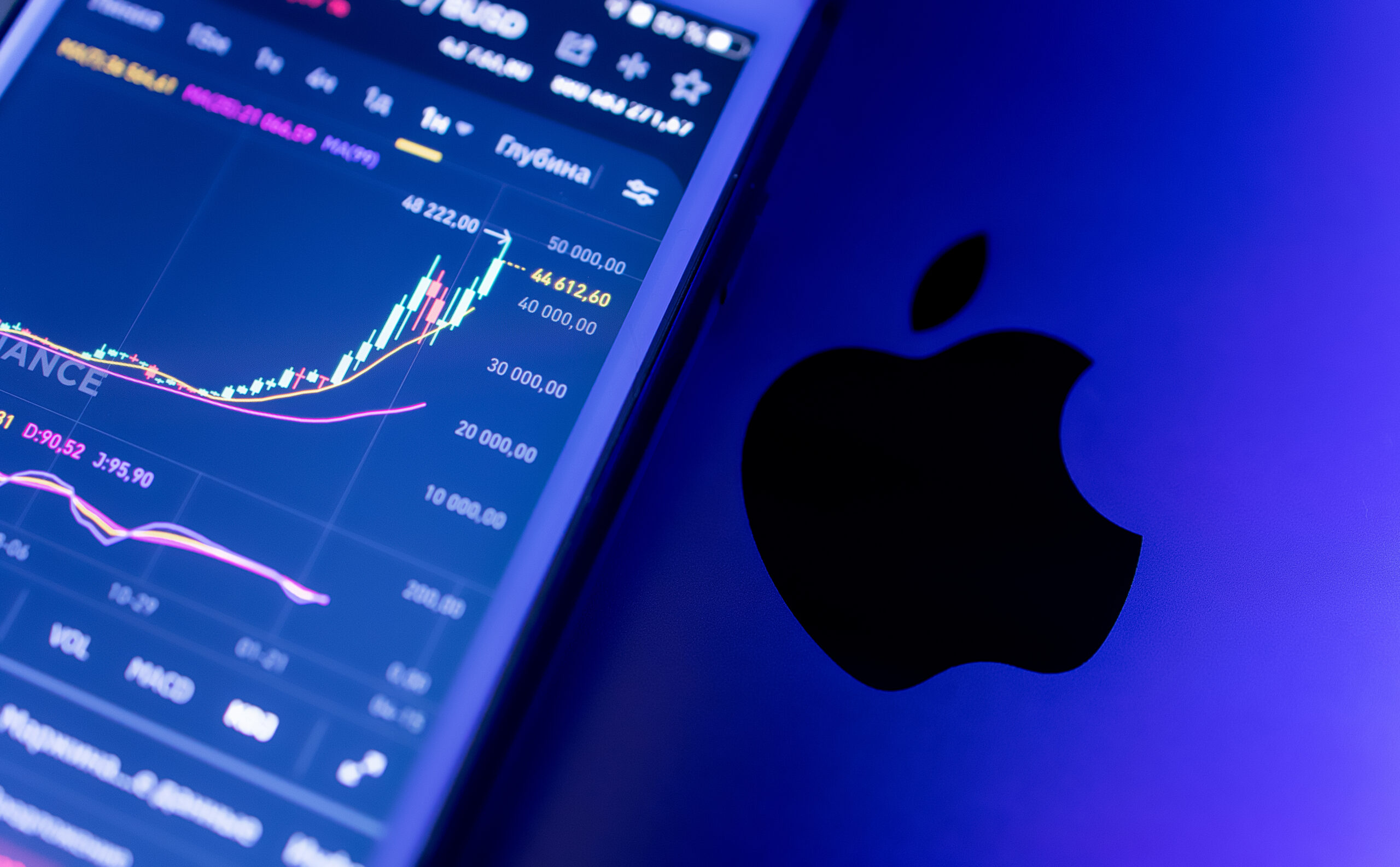Apple, a company that started in a California garage in 1976, is now a $3 trillion (going on $4 trillion) company. This makes it the first-ever public company to cross the $3 trillion threshold. This also makes Apple larger than the entire economies of the UK, Germany, and France.
To watch my video on this topic, click on the image below:
But how did Apple get here in the first place? Understanding the fundamental principles of Apple’s recent growth can help you understand a couple of critical investing principles. You can then use these principles to determine if you are overpaying for a company you want to hold in your portfolio.
Apple Quadrupled Growth in Just Three Years
Just three years ago, Apple was worth around $700 billion. Now, that is not a small company by any means, but it is significantly smaller than the $3 trillion it is worth today. So, in just three short years, the stock has gone up four times in value.
How did it go up 400%?
Well, two components that drive that growth:
(1) Company Fundamentals
- Earnings (How much money is the company making)?
(2) Multiple Expansion
- What people are willing to pay for those earnings
The Two Components Explained: Fundamentals and Multiple Expansion
When looking at earnings over the last three years, Apple’s earnings have gone up around 60%. This is pretty good. But you may be wondering, how does 60% growth in earnings translate into a 400% increase in company value?
The answer is multiple expansion. In other words, what people are willing to pay for those earnings. Let’s look at the ratio of price to earnings. Three years ago, people were willing to pay about $12 for $1 in Apple earnings; today, for the same dollar in earnings, investors are paying over $30. And so, you’ve had some earnings that have driven up the value of the company, but more than anything, the most dramatic change has been that people are willing to pay more for those earnings.
How Will Apple Get to $4 Trillion?
Simply put, one of two things must happen; fundamental growth or more multiple expansion. You could have substantial earnings growth, and the value of the stock could keep a 30x price to earnings ratio, or earnings remain relatively flat, but people are willing to pay even more for them—maybe with a 40x or 45x price to earnings ratio. To be clear, this is not likely.
The last time Apple was trading over a 30x price-to-earnings ratio was in 2007. As you likely well know, Apple and many other companies did very well in the years that followed with the 2008 bust. Does this mean that Apple was not a good company then? No. Does it mean they were expensive? Yes. Is that where we are now? It is.
So, what does it mean that we have the same price-to-earnings ratio as we did in 2007? It means that Apple is just as expensive as before it (and many other stocks) dropped in 2008.
What Can We Learn from Apple’s Growth?
Know that two components drive growth; the company fundamentals and the price people are willing to pay for those fundamentals. Whether or not you love the company or don’t love the company, these numbers can provide some insight on whether or not to invest in it.
How much are you willing to pay for the earnings and fundamentals of a given company?




